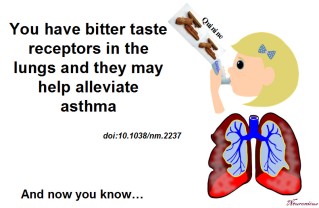Memory processes like formation, maintenance and consolidation have been the subjects of extensive research and, as a result, we know quite a bit about them. And just when we thought that we are getting a pretty clear picture of the memory tableau and all that is left is a little bit of dusting around the edges and getting rid of the pink elephant in the middle of the room, here comes a new player that muddies the waters again.
DNA methylation. The attaching of a methyl group (CH3) to the DNA’s cytosine by a DNA methyltransferase (Dnmt) was considered until very recently a process reserved for the immature cells in helping them meet their final fate. In other words, DNA methylation plays a role in cell differentiation by suppressing gene expression. It has other roles in X-chromosome inactivation and cancer, but it was not suspected to play a role in memory until this decade.
Oliveira (2016) gives us a nice review of the role(s) of DNA methylation in memory formation and maintenance. First, we encounter the pharmacological studies that found that injecting Dnmt inhibitors in various parts of the brain in various species disrupted memory formation or maintenance. Next, we see the genetic studies, where mice Dnmt knock-downs and knock-outs also show impaired memory formation and maintenance. Finally, knowing which genes’ transcription is essential for memory, the researcher takes us through several papers that examine the DNA de novo methylation and demethylation of these genes in response to learning events and its role in alternative splicing.
Based on these here available data, the author proposes that activity induced DNA methylation serves two roles in memory: to “on the one hand, generate a primed and more permissive epigenome state that could facilitate future transcriptional responses and on the other hand, directly regulate the expression of genes that set the strength of the neuronal network connectivity, this way altering the probability of reactivation of the same network” (p. 590).
Here you go; another morsel of actual science brought to your fingertips by yours truly.

Reference: Oliveira AM (Oct 2016, Epub 15 Sep 2016). DNA methylation: a permissive mark in memory formation and maintenance. Learning & Memory, 23(10): 587-593. PMID: 27634149, DOI: 10.1101/lm.042739.116. ARTICLE
By Neuronicus, 22 September 2016


